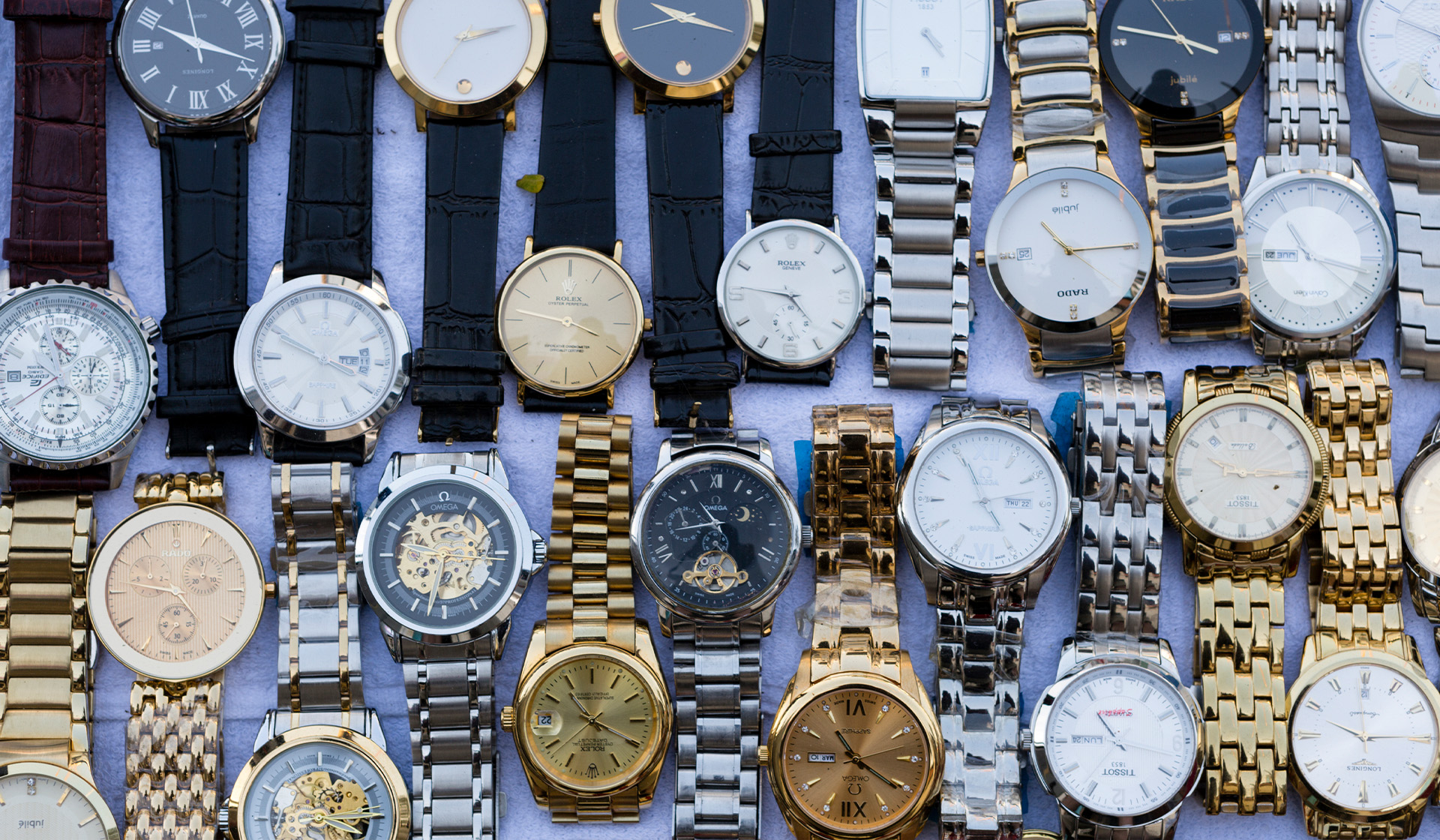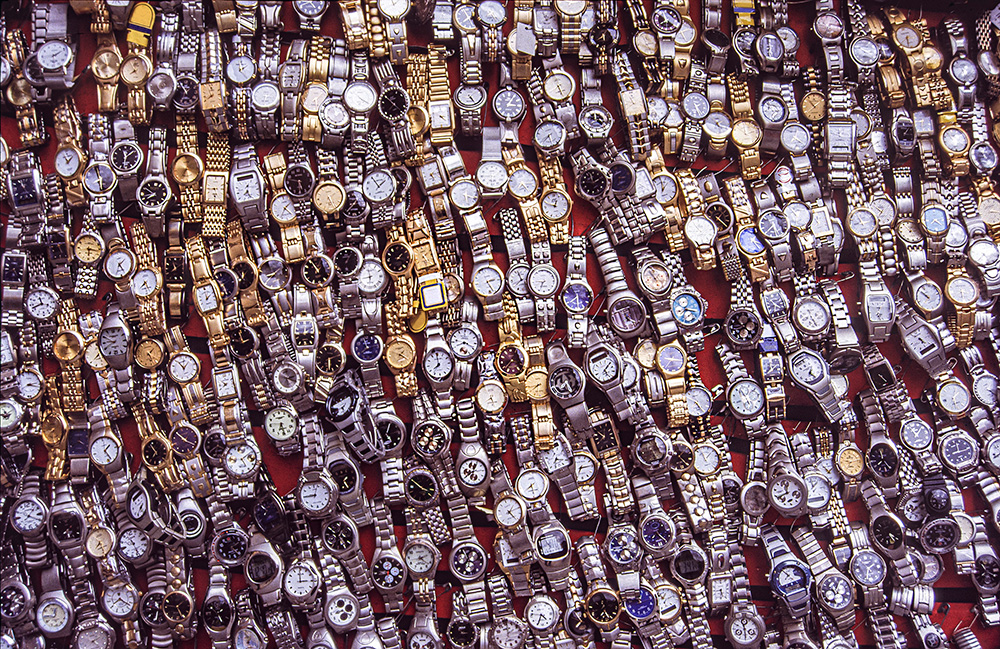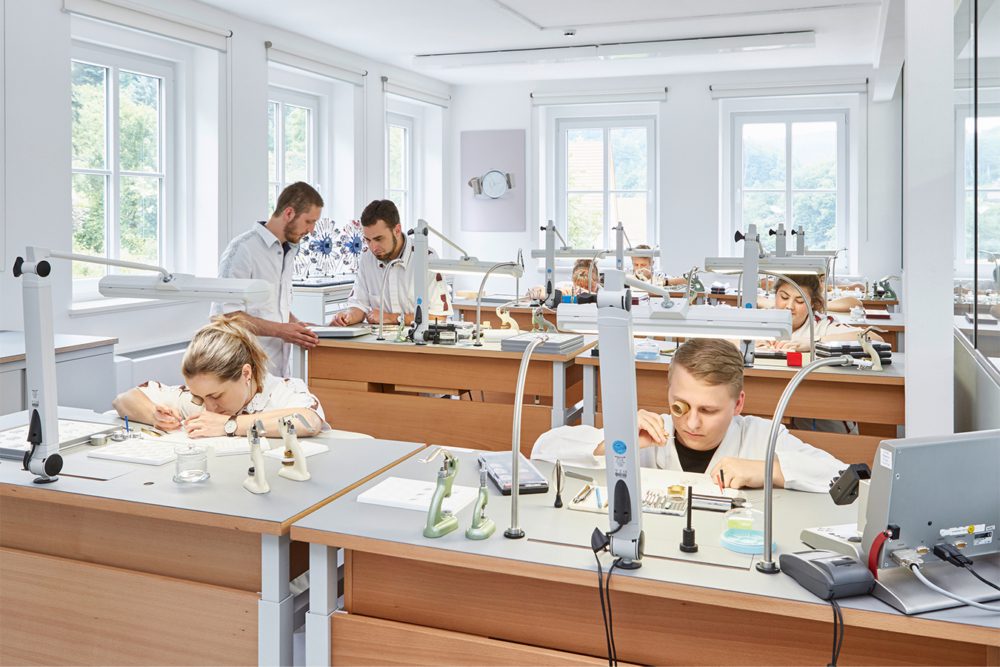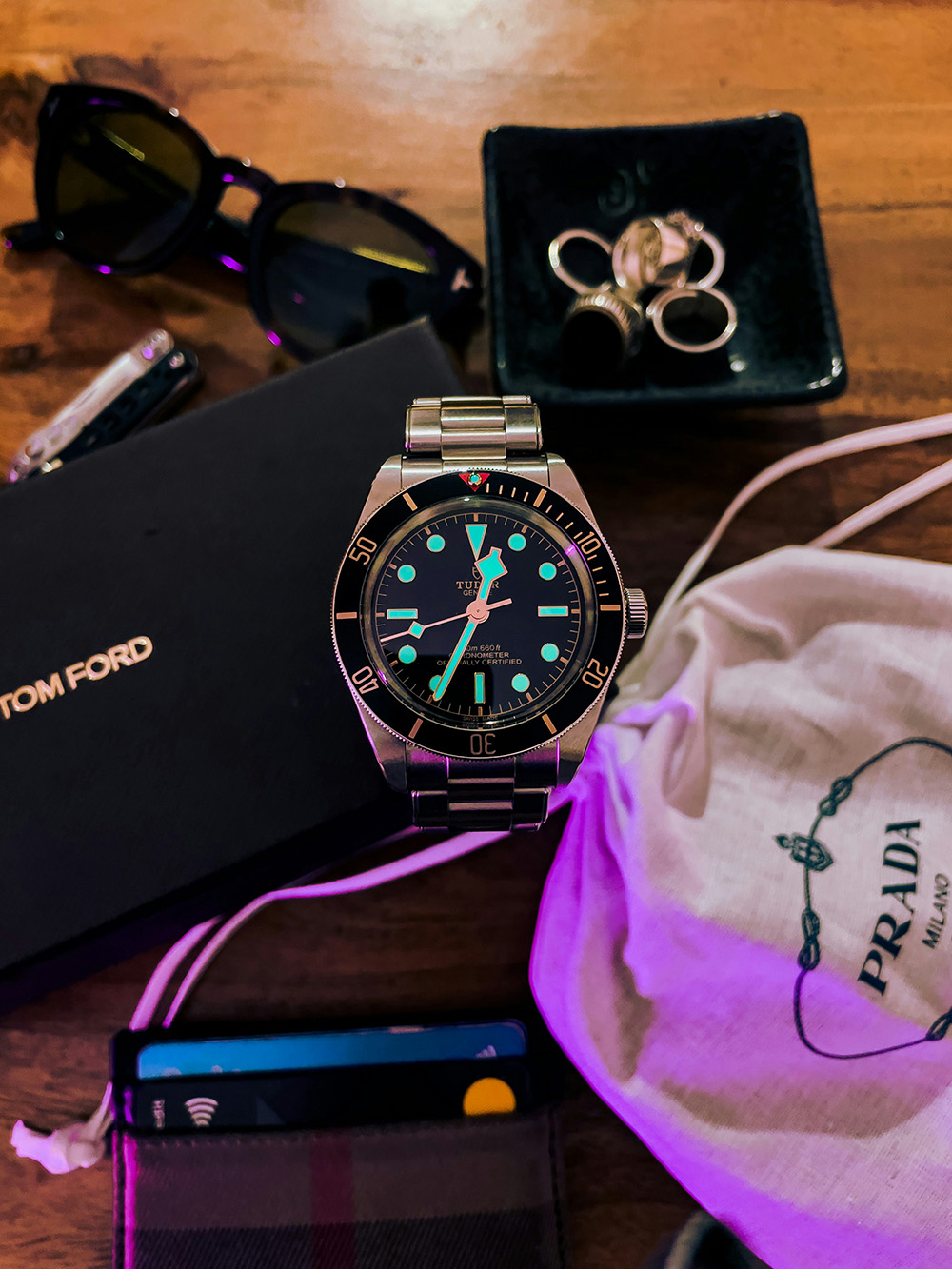The Evolution of Sex Part 3: On the Genetic Superiority of Women
Dec 24, 2025Fake It ‘Till You Make It: The Rise Of The Counterfeit Watch
- Jul 6, 2024
- 0 Comments
564

Ask why anyone wears a fake watch and the answer might seem obvious: they’re a way of buying into a status brand but much cheaper than the ‘real thing’. The fact that demand is high – some 40 million fakes are circulated every year, according to the Federation of the Swiss Watch Industry, and that’s around 25% more than the Swiss industry produces – might suggest as much. Watches, indeed, account for around 30% of all counterfeit goods.
But, according to Professor Xuemei Ban of Northumbria University, it’s much more complex than that. Her ground-breaking research into the psychology of counterfeits suggests that fun is a factor. Counterfeit watches have entertainment value akin to fast ‘disposable’ fashion. For the few times the fake might be worn, it even makes economic sense: it still tells the time, after all.
Many who can afford the real thing still purchase counterfeit watches
What’s more counter-intuitive, her studies suggest, is that counterfeit watches are bought by those consumers who can afford to buy the real thing. It is, for them, a different way to interact with the brand: they might wear their genuine watch in some circumstances and the fake in others. There’s little social risk to them since they dress the part anyway – everyone assumes the fake is genuine. And they get a kick out of the naughtiness.
Problematically, it’s a hard concept for the watch brand giants to grasp. This is also why their arguments against the counterfeit industry—that it affects their bottom lines and damages the reputations they’ve built over many decades—tend to fall on deaf ears, according to other recent studies by Professor Andre Le Roux at the University of Poitiers, France.
After all, while it certainly happens, it’s unclear how many people buy a fake believing it to be the real thing. That’s because, depending on the circumstances, most people are ready to knowingly buy a counterfeit product – a ‘Prada’ T-shirt on holiday, for example. Most, based on the bargain price, know exactly what they’re buying.
Most people know exactly what they’re buying
His research shows that, for a minority of consumers, there is even a ‘stick it to the man’ incentive to buy counterfeit watches, the real thing being a luxury product forever out of their reach.
As for the legal ramifications, a recent Europol report concluded that 80% of criminal networks use the counterfeiting of various products to launder money from much more serious crimes. But most consumers either don’t know this or easily turn a blind eye to it. Similarly, many are unaware that buying a counterfeit watch is technically illegal in most countries.
It doesn’t help that the world of watch counterfeits is undergoing a revolution – in distribution, thanks to the internet, but also in quality. We’re now seeing the rise of what’s being called the ‘super-fake’, made – still mostly in China – using the latest CNC technology on advanced factory lines and sometimes by those manufacturers that make genuine parts for the genuine watch industry, in what’s known as ‘ghost production’.

These days, it’s hard to spot the difference between a fake and the real thing
Pre-owned watch dealer Watchfinder & Co. noted in a 2023 report that five years ago, four of five counterfeit watches that passed through its hands were easily identified as fake, with one needing closer inspection. Now, those figures have been reversed.
In part, that’s down to the fact that the quality of some Swiss watch manufacturing has declined over recent years. The fakes are sometimes now better than the real thing, which is one thing driving their purchase in developing countries especially – but also because counterfeiting as a business is growing. There’s more competition, pushing quality up. Most people simply don’t have the knowledge to tell the super-fake from the genuine article.
That will also change the nature of counterfeit watches over the coming years. If a counterfeit used to be pretty obvious – and was priced accordingly – now super-fakes are entering the market, being priced in a way that’s tempting but not suspicious, and then being passed around in the fast-growing secondary market as the real thing. That’s what the sellers genuinely believe their watches to be. Then, as the quality differential between fake and genuine watches narrows – at least as far as most of us can tell – the incentive to buy the real thing diminishes anyway.

One way of staying ahead of counterfeiters is to build even more advanced technology
It has been suggested that the only way watch brands can keep ahead of counterfeits is less through crime-busting programmes, such as hologram stickers or serial numbers—counterfeiters will always eventually find a way of copying these, too—but rather by building even more advanced technology and even more refined craft into their products, which, of course, will push up prices further. In other words, to join an arms race.
But much as psychology is now revealing unexpected reasons why people buy fake watches, maybe it’s also psychology that will help protect the future of the legitimate branded watch industry. Well, maybe. On the one hand, studies suggest that what’s called ‘social image’ – how buying a counterfeit changes the assessment of a consumer in the eyes of their peers – remains a factor.
Other new research suggests that, for some consumers, the buying of counterfeits may even have an element of ‘moral disgust’ to it. On the other hand, this negatively affects both the use of the counterfeit watch – owners can’t help but feel somewhat ambivalent about it – and, more worryingly for watch manufacturers, impressions of the genuine article, too. It makes the real thing feel like a counterfeit itself.

Luxury brands will always be the target of counterfeiters
That, it’s been suggested, is the real problem with counterfeit watches. It’s not so much to do with consumers being deceived, profits being hit, or fakers free-riding on the value created – often very expensively – in brands by their manufacturers over many years. It’s more to do with the way counterfeits tarnish the whole enterprise of watch-making, at least for those brands powerful enough to warrant copying in the first place.
And therein lies the conundrum at the heart of all counterfeiting. Brands, especially those in the watch world, are all about creating exclusivity and desirability that, by definition, not everyone can afford. Counterfeiters only copy these kinds of goods. And they likely always will.
The post Fake It ‘Till You Make It: The Rise Of The Counterfeit Watch appeared first on Ape to Gentleman.
Publisher: Source link







